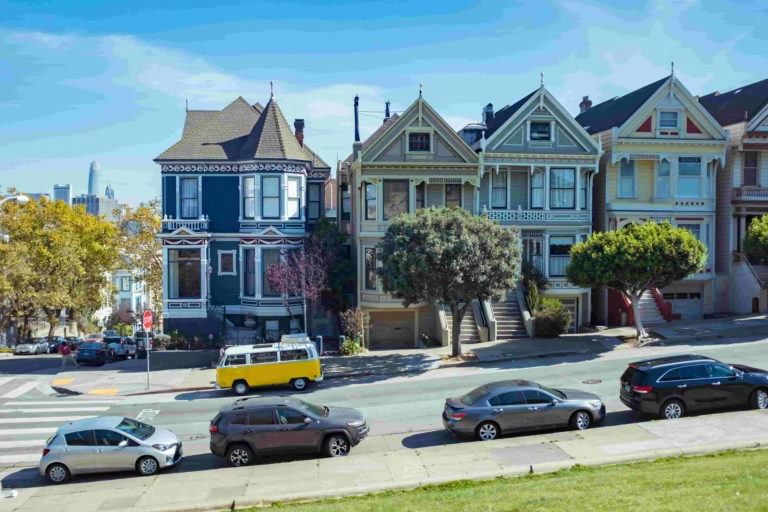Home Insurance vs. Mortgage Insurance: What’s the Difference?
If you’re buying a home or reviewing your finances, you’ve probably come across two similar-sounding terms: home insurance and mortgage insurance. While they both relate to protecting your property and investment, they serve very different purposes and understanding the distinction could save you money, stress, and confusion down the line.
Let’s break it down in plain language, with real-world examples, a side-by-side comparison, and answers to common questions.
What Is Home Insurance?
Homeowners insurance is a policy that protects you, the homeowner, from financial loss due to damage to your home or belongings. It also provides liability coverage in case someone gets injured on your property.
Most lenders require home insurance before approving a mortgage, but even if it’s not required, it’s essential coverage for your largest asset.
What It Covers:
- Structural damage from covered perils (e.g., fire, storms, theft)
- Personal belongings inside your home
- Liability protection if someone sues you for injury or damage
- Loss of use if your home becomes uninhabitable due to a covered event
Real-World Example:
You’re cooking dinner when a grease fire breaks out and damages your kitchen. Your home insurance helps pay for repairs, replacements, and temporary housing if needed.
What Is Mortgage Insurance?
Mortgage insurance, sometimes called private mortgage insurance (PMI), doesn’t protect you it protects your lender. It’s typically required if you make a down payment of less than 20%.
If you default on your loan, the mortgage insurance helps the lender recover some of the money they loaned you.
What It Covers:
- The lender’s risk, not the homeowner’s
- Usually required on conventional loans with low down payments
- Does not cover home damage, repairs, or personal liability
Real-World Example:
You buy a $400,000 home with only 5% down. Your lender requires PMI, which adds $150–$300 to your monthly payment. If you stop paying your mortgage and the home is foreclosed, the mortgage insurance helps the lender recoup losses.
Side-by-Side Comparison Chart
| Feature | Home Insurance | Mortgage Insurance |
|---|---|---|
| Who it protects | You (the homeowner) | The mortgage lender |
| What it covers | Property damage, personal belongings, liability | Default on the mortgage loan |
| Is it required? | Usually required by lenders | Required if down payment is under 20% |
| When it’s used | After damage, theft, or liability claims | If you default and the lender takes a loss |
| Can you cancel it? | Yes, at any time (if not required by lender) | Yes, once you reach 20–22% equity in your home |
| Included in monthly payment? | Usually not—paid annually or via escrow | Yes, often included in your mortgage payment |
| Average annual cost | $1,200–$2,000 depending on location & coverage | $1,000–$2,500 depending on loan size & down payment |
Key Differences You Shouldn’t Overlook
1. Protection Purpose
Home insurance protects your home and belongings, while mortgage insurance protects your lender’s financial interest. Think of one as protection for you, and the other as a safeguard for the bank.
2. Who Benefits
If a tree falls on your roof, home insurance steps in. If you lose your job and default on your loan, mortgage insurance helps the lender—not you.
3. Control Over Coverage
You can shop around for homeowners insurance, adjust your coverage, and even bundle it with auto insurance to save. Mortgage insurance, on the other hand, is usually dictated by your lender and loan terms.
4. Options to Remove
Once you hit 20% equity, you can typically request the removal of mortgage insurance. Lenders are required by law (Homeowners Protection Act) to remove PMI once you reach 22% equity—if you’re current on payments. Home insurance, though, remains essential for as long as you own the home.
Frequently Asked Questions (FAQs)
Is home insurance required if I own my house outright?
No, but it’s highly recommended. Without insurance, you’d pay out of pocket for any damage to your home or liability claims.
Can I choose not to pay for mortgage insurance?
You can avoid PMI by putting down at least 20% when you purchase the home. Some government-backed loans, like FHA, have different rules and may require mortgage insurance regardless of down payment.
Does mortgage insurance lower my mortgage interest rate?
No. It increases your total monthly payment, but it doesn’t reduce your interest rate. In fact, having PMI is a sign to lenders that you’re a higher-risk borrower.
Can I get both types of insurance from the same provider?
No. Home insurance is purchased from insurance companies like State Farm, Allstate, or Amica. Mortgage insurance is arranged by your lender, often through third-party providers like MGIC or Radian.
Do VA or USDA loans require mortgage insurance?
Not in the traditional sense. VA loans, for instance, don’t require PMI, but they do have a one-time funding fee. USDA loans also skip PMI but may include guarantee fees.
The Bottom Line: Know What You’re Paying For
Understanding the difference between home insurance and mortgage insurance is crucial—especially when you’re budgeting for your monthly costs. One protects your house, the other protects your lender—and only one is truly for you.
- Get homeowners insurance to protect your home, personal property, and legal liability.
- Expect mortgage insurance if you’re putting less than 20% down—unless you qualify for a special loan program.
- Review both annually, and when possible, look for ways to reduce or eliminate PMI as your equity grows.
Check out: Home Insurance: Top 10 Factors That Affect Your Premium




